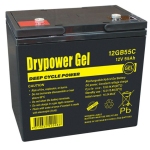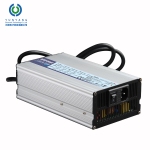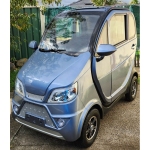LiFePO4 Battery Prismatic or Cylindrical
Prismatic and Cylindrical cells are used to build lithium batteries
Cylindrical cells can be produced much faster so more KWh per cell can be produced every day equaling lower $ per KWh.The electrodes in a cylindrical cell are wound tightly and encased in a metal casing, This minimizes electrode material from breaking up from the mechanical vibrations, thermal cycling from charging and discharging and mechanical expansion of the current conductors inside from thermal cycling.
Many cells are combined in series and in parallel to increase voltage and capacity of the battery pack.Cylindrical cells radiate heat and control temperature more easily, thus they have better temperature control than prismatic cells.If one cell goes bad, the impact on the entire pack is low.Their main disadvantage is that they require more space.
Prismatic cells, are designed to be thin and light and are made up of many positive and negative electrodes sandwiched together into a larger cell, this means they are more expensive to manufacture.The higher capacity makes it difficult for the BMS to protect each cell from over charging and dissipating heat.With prismatic cells if one cell goes bad it can compromise the whole battery pack.They are often used in smaller batteries such as phone and tablet batteries.
Credit to ChargeX















































